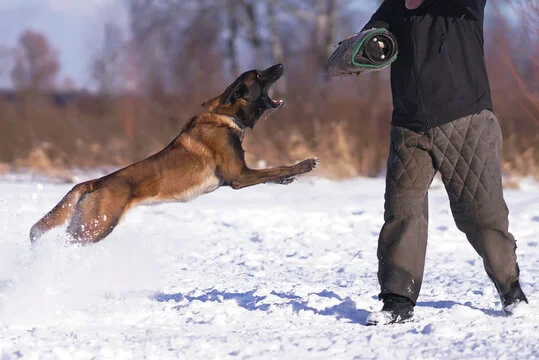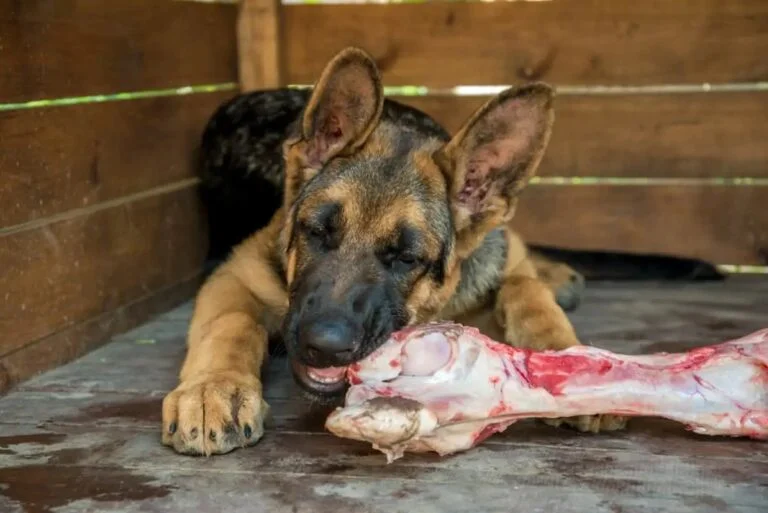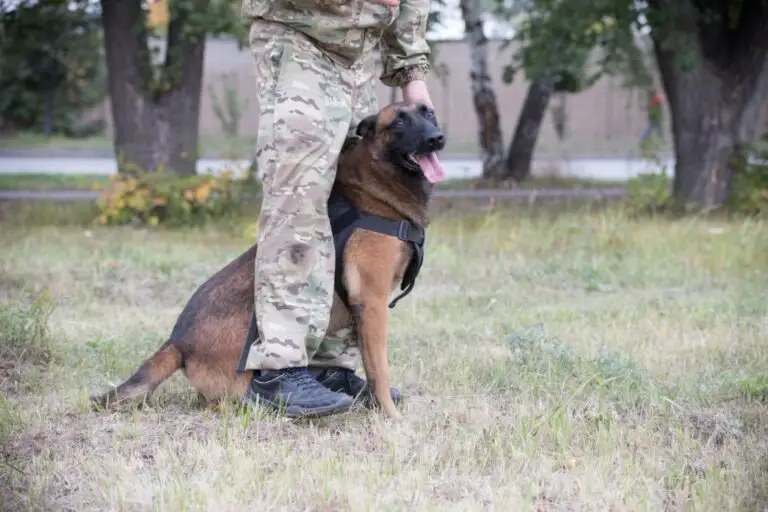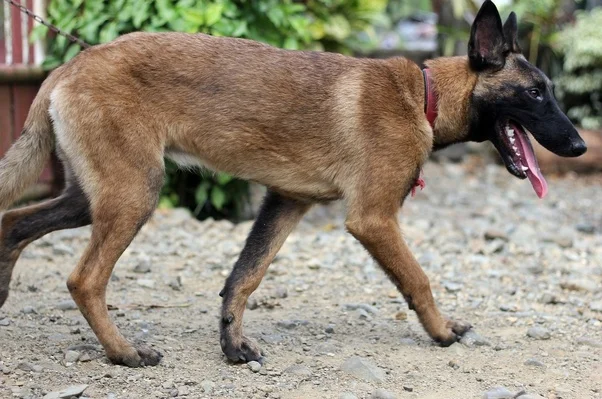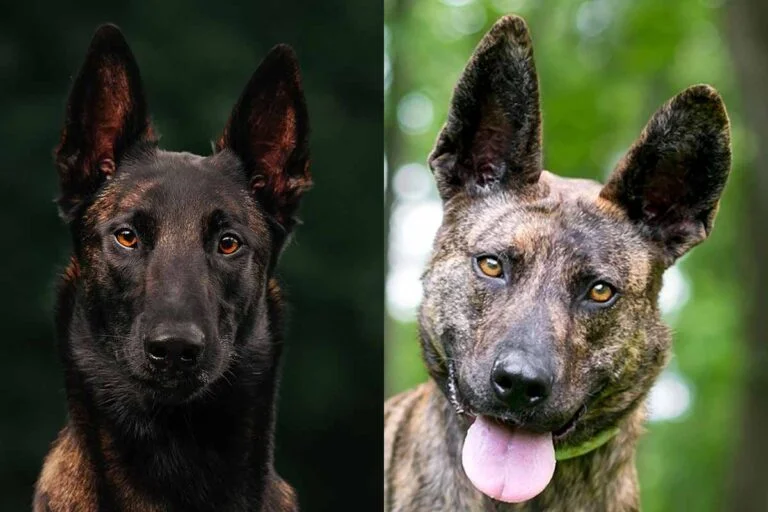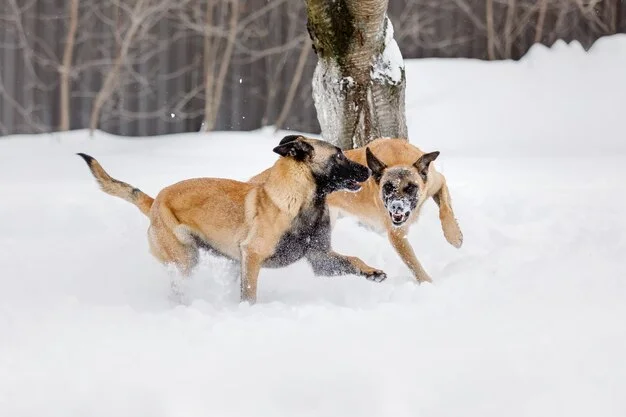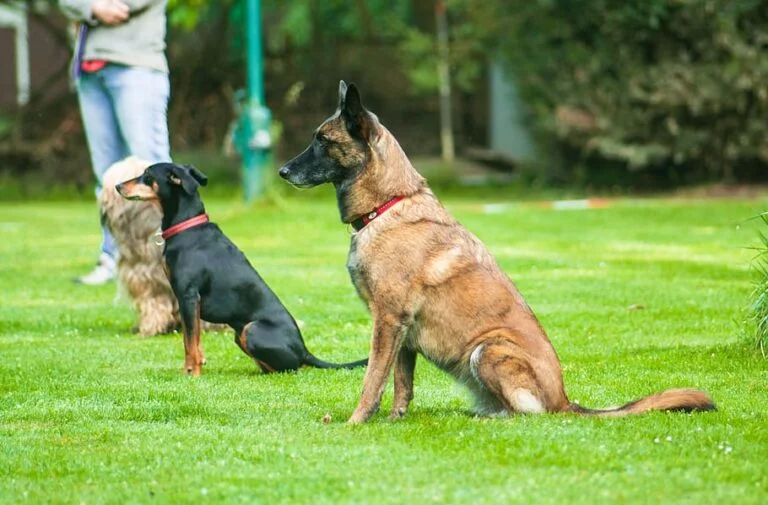How to Train a Belgian Malinois to Attack
Learn all about ‘How to Train a Belgian Malinois to Attack‘ as we take you on a thorough exploration of the field of protection training. Whether you’re thinking about giving your Malinois this specific training or you’re looking for deeper insights, this book provides a methodical way to guarantee security, accuracy, and efficiency. Learn the subtleties of teaching your Belgian Malinois to attack and embark on a journey to create a dependable and well-trained guardian for your house and family.
Recognizing the Fundamentals of Protection Training
It is crucial to understand the goal of protection training for Belgian Malinois before delving farther into the process. Instead of encouraging aggression, protection training aims to harness the breed’s innate protective instincts to guarantee consistent, controlled reactions in particular circumstances.
When done right, protection training strengthens the link between the owner and the Malinois, establishes discipline, and gives the dog a useful skill set for protecting people.
How to Teach a Belgian Malinois to Attack: A Comprehensive Guide
To ensure a safe and efficient approach of teaching your Belgian Malinois to attack, follow this comprehensive step-by-step guide:
- Establish Firm Fundamental Compliance
Make sure your Malinois is well-versed in basic obedience commands like sit, stay, and recall before beginning protection training. Effective protection training starts with obedience, which establishes you as the leader and provides a structure for additional learning. - Look for Expert Advice
Protection training is a specialty that requires knowledge and experience. Think about getting the assistance of a qualified dog trainer with knowledge in protective training. A certified trainer can help you with it, making sure you and your Malinois stay safe while offering you individualized advice depending on your dog’s disposition. - Explain Bite Sleeves and Pulls
Introduce bite sleeves and tugs to your Malinois to start the training process. These training tools give the dog a safe area in which to practice biting and gripping. To support your Malinois during this critical phase, every successful encounter should be rewarded with goodies and praise. - Get Your Malinois Used to Decoys
Decoys are people dressed in protective gear who pose as threats to your Malinois. This stage helps your Malinois distinguish between social circumstances and those that call for a defensive reaction. Raise the difficulty of the scenarios progressively to hone their abilities and reaction times. - Provide Commands for Controlled Attacks
Next, teach your Malinois attack instructions that differentiate between lighthearted exchanges and defensive situations. To indicate the right answer, one should use consistent verbal signals and matching movements. To make the command and the intended behavior more strongly associated, reinforce these orders with rewards.
Safety Factors to Be Taken into Account for Protection Training
Safety must always come first throughout protective training. To provide a safe learning environment for your Malinois and you both, abide by following safety precautions:
- Employ Appropriate Protective Equipment
When doing protection training with your Malinois, always use the proper safety gear, such as bite sleeves and suits. This preventive action guarantees a controlled training environment and protects against unintentional injury. - Take Advantage of Expert Supervision
It is essential to have a qualified trainer oversee the training sessions, particularly in the beginning. Their knowledge enables a thorough evaluation of your Malinois’s development, quick resolution of any problems, and the maintenance of a secure learning environment. - Opt for Managed Training Facilities
To reduce outside variables that could cause unwanted reactions, do protective training in controlled settings. This can involve people you’re unfamiliar with, unpredictability of the environment, and distractions. Training sessions are more effective when conducted in a controlled environment, which also makes concentrated learning easier.
FAQs: How to Get Around the World of Protection Training for Belgian Malinois
- Q1: Is protection training appropriate for all Belgian Malinois?
A1: Many Belgian Malinois can benefit from protection training, but each dog’s temperament and behavior should be taken into account. It’s possible that not every dog is suited for protective training. To determine whether your Malinois is a good fit for this type of specialized training, speak with an experienced trainer. - Q2: Can a Belgian Malinois become violent due to protective training?
A2: Protection training, when done properly, does not turn a Belgian Malinois hostile. It subtly brings forth their innate defensive tendencies. To ensure that the dog stays dependable and well-behaved, professional trainers concentrate on developing a balanced and controlled response. - Q3: How frequently should training sessions for protection be held?
A3: The frequency of protective training sessions is determined by the training objectives and the growth of each dog. Prolonged, irregular sessions are generally less beneficial than regular, consistent sessions with rests in between. To choose the best training schedule, speak with your trainer.
Conclusion: Creating a Reliable Defense
A Belgian Malinois must be trained to attack with diligence, knowledge, and a dedication to safety. Maintaining control and discipline while nurturing your Malinois’s protective nature can be achieved by using an organized and expert method. Recall that the goal of protection training is to develop a dependable and trustworthy guard, not to incite hostility. Enjoy the process of teaching your Malinois how to be a capable and well-mannered guardian.

